‘Congratulations, Maria. So well-deserved!’ Many call out to congratulate Teaching Associate Professor and glass artist Maria Sparre-Petersen as she shows me round the Royal Danish Academy.
The day before our meeting, she received the National Education Award from the Danish Ministry of Higher Education and Science. And the highly respected educator from the Institute of Architecture and Design is visibly proud with renewed confidence. She shares the award with her colleague, Associate Professor, PhD Flemming Tvede Hansen.
Together, they have developed the teaching module ‘Experiment, Material and Technology’, which gives the students free reins to experiment. ‘Quite different from when I attended The Danish Design School [now the Royal Danish Academy],’ Maria Sparre-Petersen points out. Back then, students were given a specific assignment. Today, the focus is on starting from scratch. Daring to make mistakes. That is the whole point: to dive in at the deep end and discover new artistic perspectives.
As we pass through the workshop with the big glass furnace, Maria Sparre-Petersen stops and asks a couple of students whether she can take a photo. The iPhone comes out, and the dedicated educator captures an algae green organism in hand-polished glass that is being hand-polished. Outside in the courtyard, a group of new architecture students are building 1 m3 of a building of their own choice.
‘It provides a completely different architectural understanding to see the materials in a 1:1 section,’ Maria Sparre-Petersen explains. Materiality is a topic she is passionate about. It is also one that she sees as a strong point for designers and, perhaps especially, craft makers as they move into the public space to create decorative projects, installations and building-integrated art:
‘As makers we boast of our grasp and knowledge of materials. In glass and ceramics, thermal chemistry is crucial. What happens to materials when we heat them up? This is where the alchemy happens, and where we are not in complete control. It is also where something new comes into being. Taking a risk means challenging context, materials and method and discovering new aesthetic spaces of possibility.’
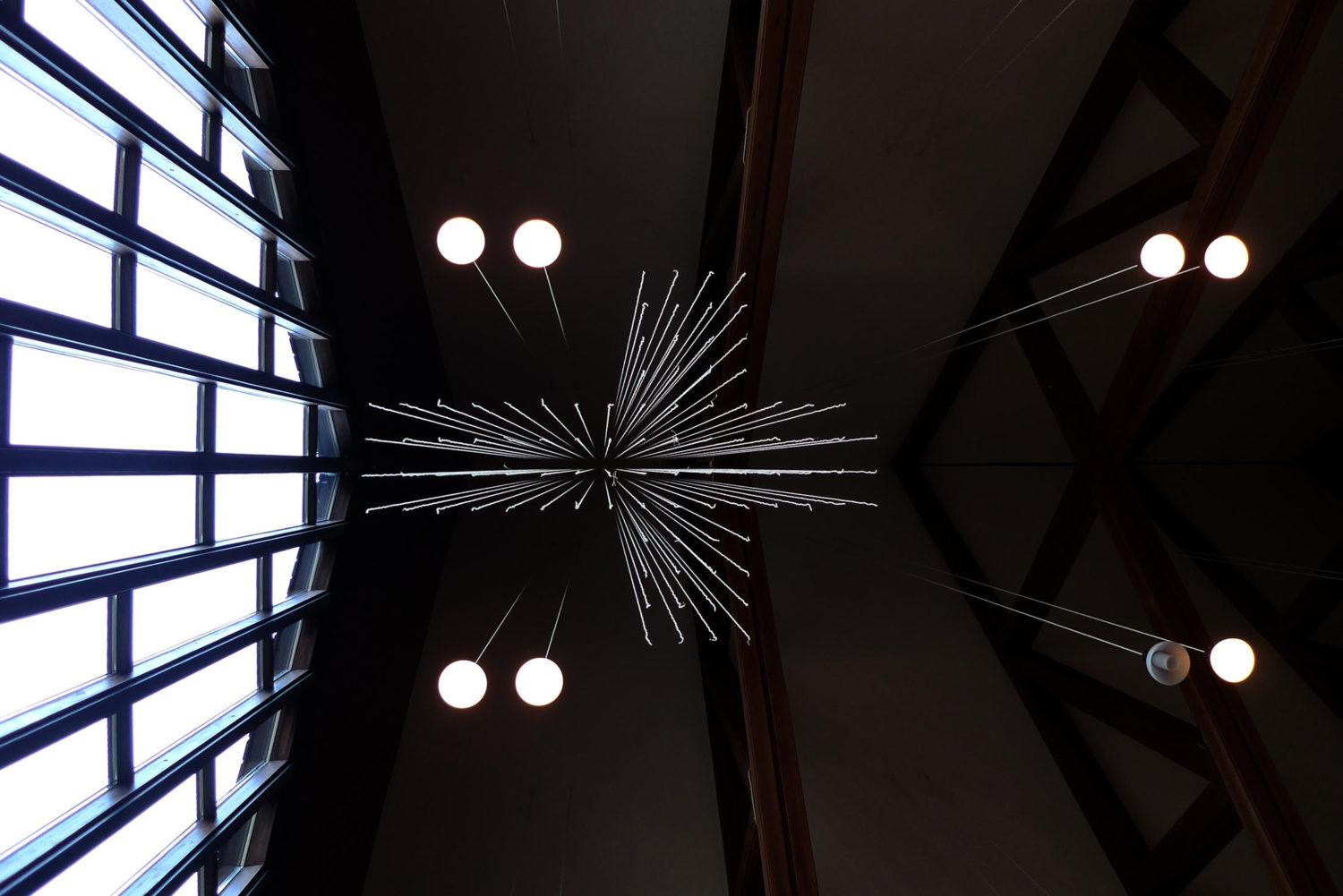
The cross in the church
Maria Sparre-Petersen has created several user-involving projects for the public space. One of them is ‘The Rain’ above the altar in Husumvold Church: 95 pieces of string with thousands of tiny glass beads that form the shape of a cross, suspended from the cathedral-style ceiling. When church-goers kneel at the altar rail and look up to receive communion, their gaze meets the clear, shimmering cross sparkling in the light from the large glazed section facing Utterslev Mose (Utterslev Boglands). A lyrical feature that was co-created with members of the congregation over coffee in the parish hall after Sunday mass. Maria Sparre-Petersen explains:
‘We had 11-metre-long pieces of string to be beaded, and it would take me a long time to do on my own and be far too costly. That made user-involvement an obvious choice. It gave the users a sense of ownership of the installation. They took beads home, and it almost became a competition to see who could complete the most sections. They really threw themselves into the project. The collaboration also offered a setting for talking about the role of art in life.’
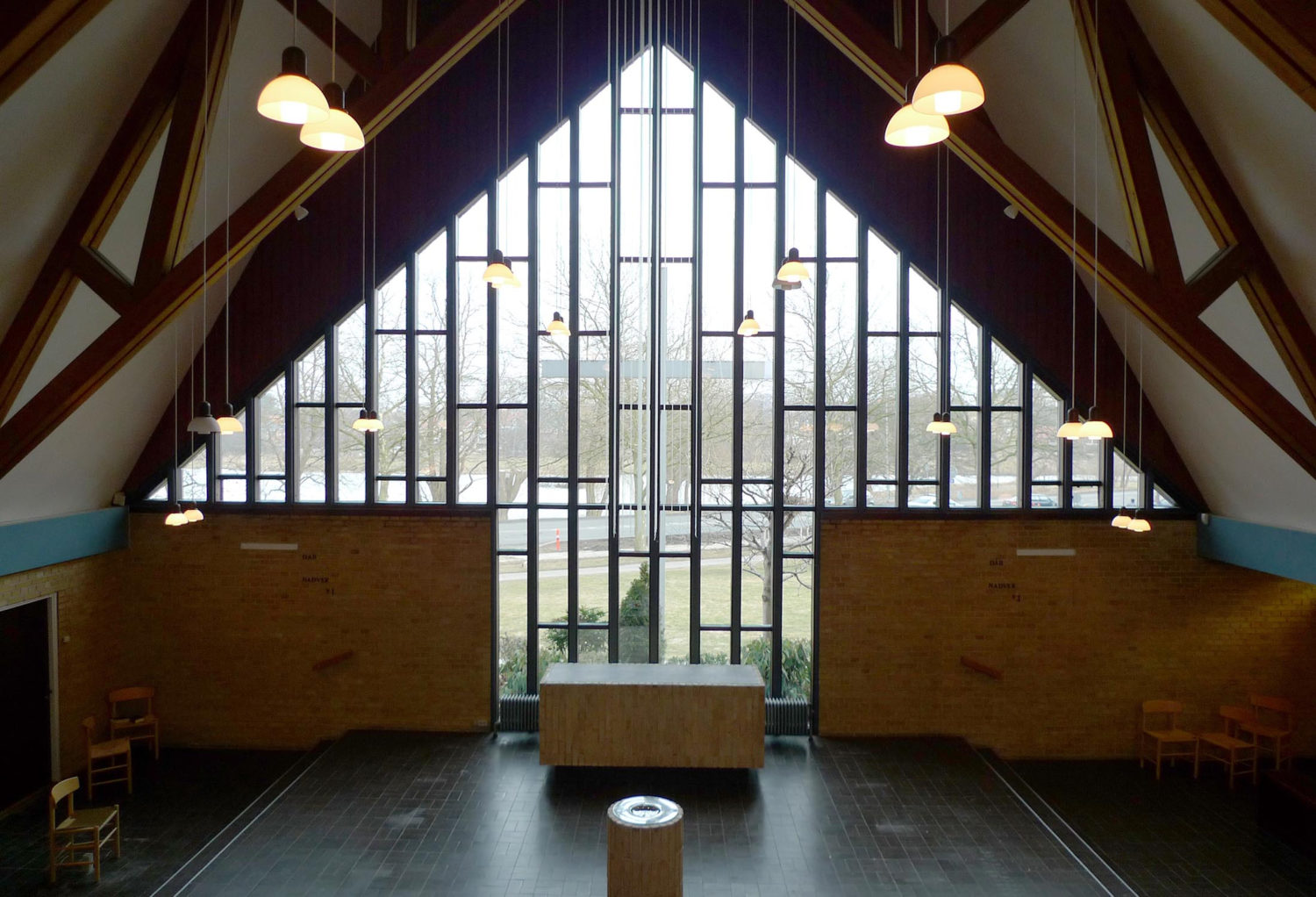
Bottled art
Maria Sparre-Petersen deliberately uses the public space in order to reach out to a wide audience:
‘I have worked with installation art and unusual projects where I try to connect with ordinary people, because art should not be an exclusive domain for those in the know. Visual art is often a matter of preaching to the choir. I prefer to initiate a dialogue with ordinary people. That is why I have always aimed to bring my projects into the world.’
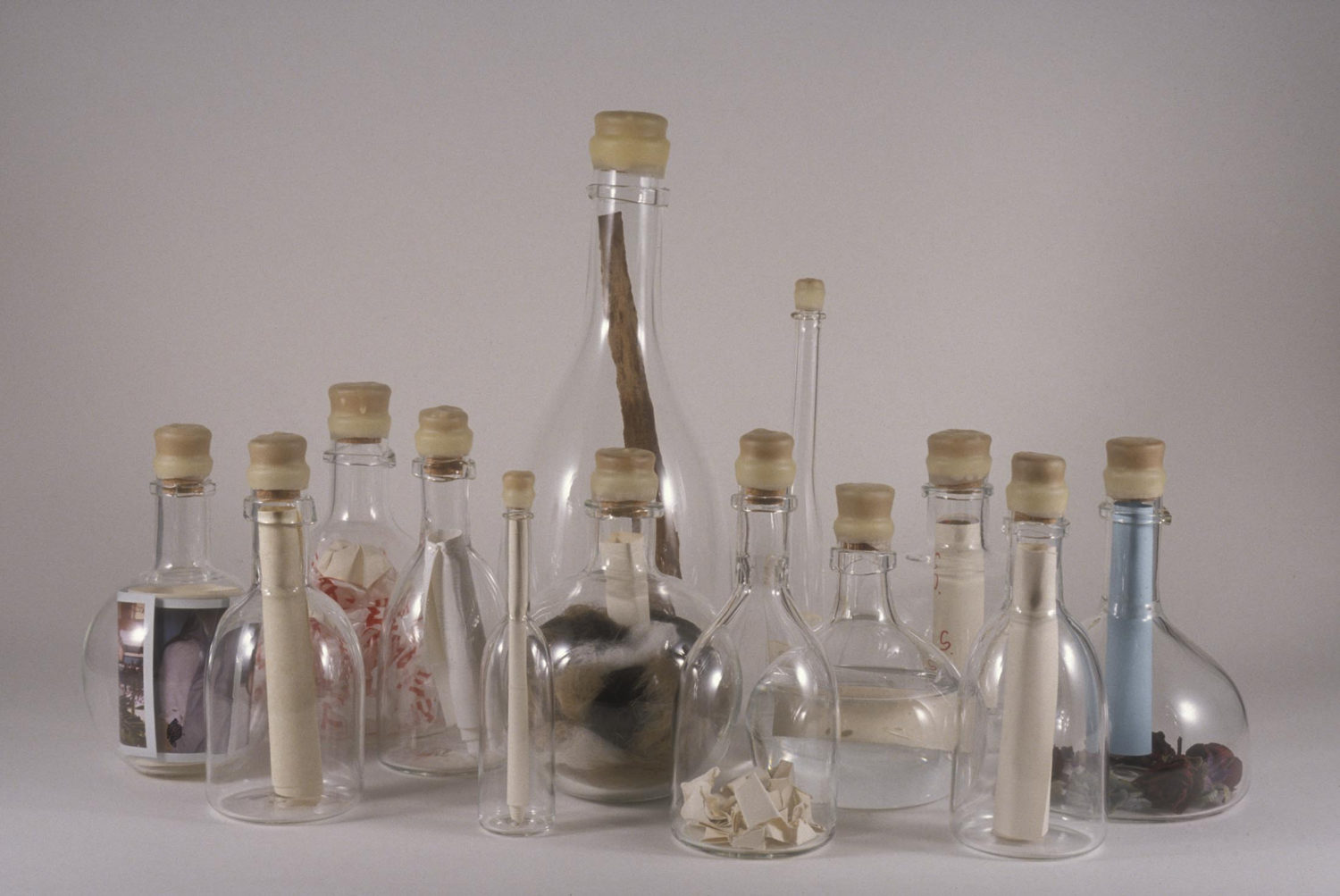
One project that had a wide reach, even under the surface of the sea, was ‘Send a Message to the World’. Originally a trained seaman, Maria Sparre-Petersen sailed across the Atlantic, dropping bottled messages carrying greetings from 13 different participants and her own email address. One day, there was a message in her inbox. Using a crochet hook, the lucky finder had fished the note out through the narrow neck of a bottle that had washed ashore on one of the Channel Islands between Britain and France. Afterwards, the project was featured in the Spring Exhibition at Charlottenborg.
Eye-level crafts
But what is it craft objects can bring to the public space? Maria Sparre-Petersen explains:
‘Often, craft is more at eye level than fine arts. In recent years, visual art has become increasingly conceptual. With all due respect for conceptual art, which I personally really appreciate, it is an exclusive genre that few people can relate to. On the other hand, most people can relate to craft. Meanwhile, craft too has become more conceptual. But because of its engaging materiality and less elitist frame of reference, it also connects with people who are not necessarily interested in art that is made of cardboard boxes, for example, because that happens to be hot right now.’
The reference to functional objects makes crafts more relatable: ‘It has a tangible quality. It can make us see things differently: the maker’s competence can transform the way we experience a place.’ As an example of effective craft projects, Maria Sparre-Petersen points to the ceramics duo Claydies:
‘Even though it’s conceptual, it is also humorous as they invite the audience into an interaction and encourage them to take selfies with the duo’s objects. They reach out. Or Helle Hove’s “Ceramic Viaduct” in Kolding. Here, she turned a place that used to feel unsafe and spooky into an inviting and aesthetic experience, using fairly simple and sensuous means. Craft makers have a well-developed sense of materials and atmosphere.’
Atmosphere, yes, please!
Today, there is a growing focus on atmosphere design:
‘Colour design is a discipline in its own right that is currently coming back. And people have begun to talk about atmosphere in hospitals and the health sciences. There is a growing awareness of how important a non-sterile space is for patients’ recovery. This has led to a greater involvement of textile designers, in particular, in the design of hospital settings in order to improve healing processes. They are also in demand in acoustic design.
’Designers take a human-centred approach: ‘As we become more aware of the need for an interdisciplinary approach to big, complex challenges, there is also a growing interest in involving designers in developing these solutions. Designers have a special sensitivity that helps them create an atmosphere that works for people and a much more creative and analytical approach than an engineer or a doctor.
’Designers are also increasingly being invited into learning spaces in schools: ‘Of course, they want an architect to design the general plan. But then they might also want a furniture designer to look at how to develop contemporary furniture that promotes learning. In this context, designers are playing a growing role, and in some cases, this includes craft makers with knowledge of materials and the interaction of textures and the human body. There is a growing understanding that designers and makers possess qualifications that are important in collaborative projects.’
Stucco, rosettes and cornices
The interdisciplinary approach is at the heart of The Material Cluster, where Maria Sparre-Petersen and a team of colleagues from the Royal Danish Academy test materials, new technologies and scales. Currently in a project titled ‘Stucco, rosettes and cornices’ in collaboration with the facade renovation firm Rubin Stuk & Søn.
‘Using handheld 3D scanners Rubin Stuk & Søn scan the existing geometry, take it back to the studio, draw it, mill the new element and return to the building to replace it. It’s an ingenious and sustainable alternative to demolition and new builds. “Stucco, rosettes and cornices” studies classic design in relation to decorating buildings in the future. The research project has a historical reference to craft traditions. And the knowledge sharing between materials-driven research fields reaches into the public space.’
Maria Sparre-Petersen points out that there are wide boundaries for crafts and design in the public space:
‘It is an elastic concept. From a decorative finish to objects that enter into a spatial context. But also the digital space that we all carry in our back pocket. There are entire universes in there that game designers construct in spatial visualizations.’
Sexy project partners
A current trend at the Royal Danish Academy is rediscovered interest in materiality. Today, makers are in high demand:
‘I see our students becoming hip. The world at large is becoming much more interested in what they’re doing. Ten years ago, makers had a reputation of being dull, tea-drinking matrons. Public perception has shifted. Now, makers are in high demand as project collaborators. Today, they are some of the sexiest project partners.’
At the Royal Danish Academy, architecture and design programmes are increasingly integrated. That improves the chances of being called on in future decorative projects:
’One of the advantages of the merger* is that it provides better conditions for craft makers to include architects in their personal network. More makers and designers will probably be involved in future decorative projects because they know architects. Often, decorative commissions depend on personal connections.’
*(Editor’s note: The Royal Danish Academy – Architecture, Design, Conservation was formed in 2011 in a merger of The Danish Design School and the Royal Danish Academy of Fine Arts – Schools of Architecture and Conservation.)
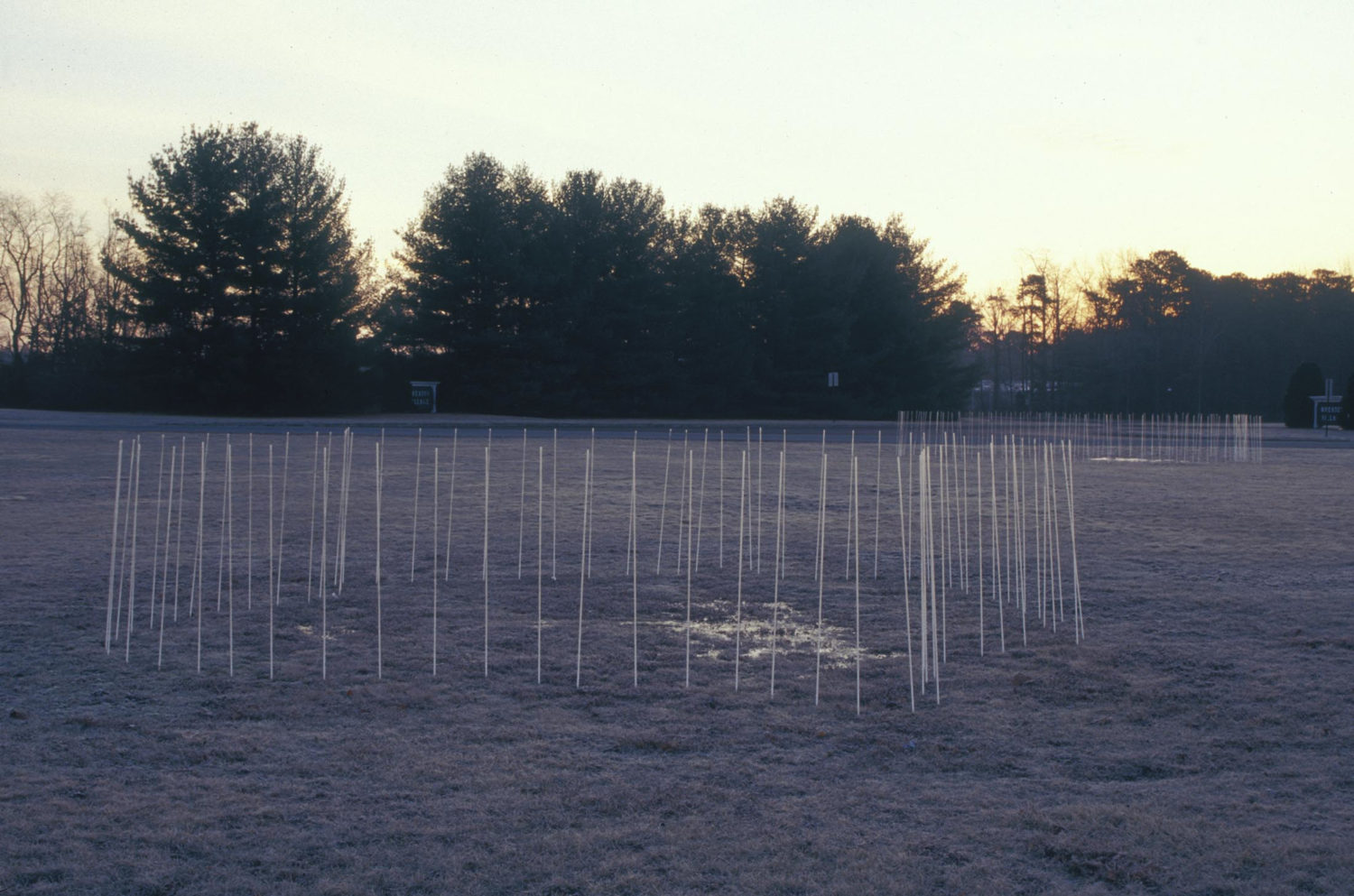
Kilroy was here
Unlike traditional decorative projects, Maria Sparre-Petersen’s installations often disappear after a while. Like the borrowed test tubes in ‘The Puddle Project’, which were returned to the factory to be recycled after three weeks. One of her recycled bottle glass projects is still continuing to develop: ‘The Pennylaw Meets the Walk of Fame’, which springs from a workshop at Glasmuseet Ebeltoft, where museum visitors decorated glass cobblestones. The result is visible in front of the museum.
‘It’s a slightly secret installation that reaches into the urban space. To spot it, you have to know it’s there. It’s also a sub art project. I give cobblestones to my nephews and nieces, who sneak them in where they live. A bit like “Kilroy was here”. A childish sort of graffiti.’

So keep your eyes peeled out there, next time you are walking on the pavement. Perhaps you will spot a glass cobblestone. A discreet and subversive statement that stands out from the crowd and beautifully illustrates how makers and designers adorn and enrich the urban space.
Maria Sparre-Petersen
Glass artist and teaching associate professor at the Royal Danish Academy Maria Sparre-Petersen teaches, conducts research and exhibits projects and unique sculptures in Denmark and abroad. Until 8 December she presents her sculptures ‘Epistemic Artefacts’ in the group exhibition ‘Matter at Hand: Ten artists in Denmark’ at Hostler Burrows New York.
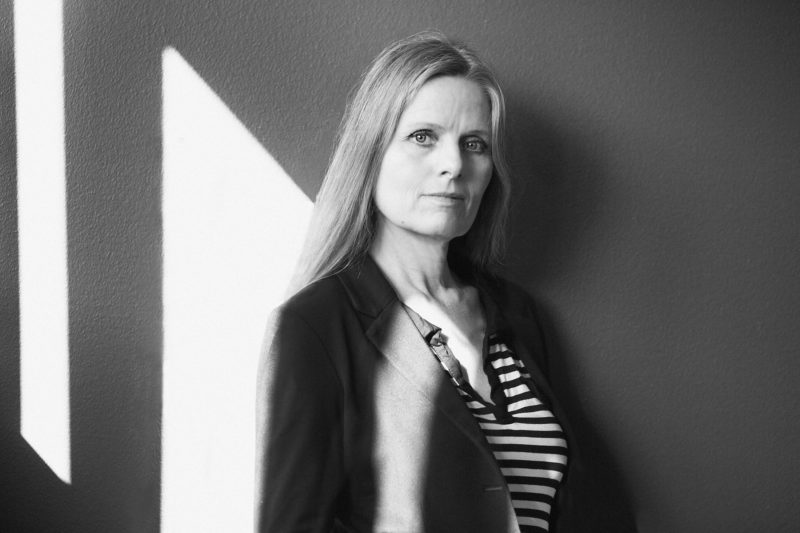
Theme: Atmosphere: Crafts and design in the public

This autumn, Formkraft will focus on the atmosphere that material culture, technology and aesthetics can add to the public space. And why it is more relevant than ever to include craft makers and designers when state-owned buildings are renovated, when municipalities develop decorative projects and when private actors seek to imbue the modern city with soul and sensuous qualities.

